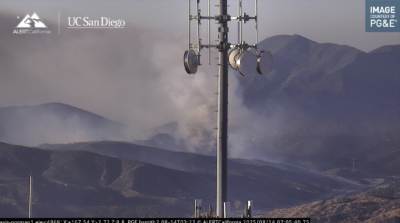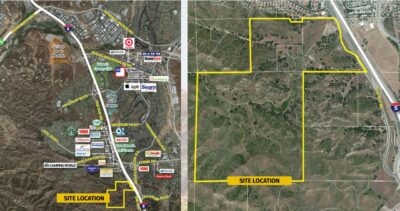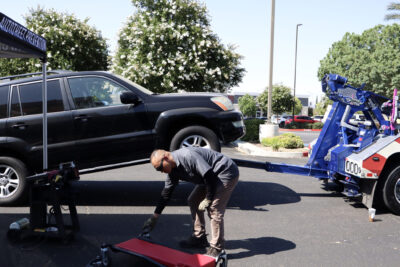A panel of Castaic and Val Verde residents frustrated by the daily impacts from Chiquita Canyon Landfill shared their frustration Friday with the California Air Resources Board at a meeting the agency held at College of the Canyons in Valencia.
CARB has been one of the agencies monitoring problems caused by the underground “elevated temperature event” at the landfill, which is burning dozens of feet underground at approximately 240 degrees, causing the landfill to sink, stink and create a massive amount of leachate — more than 1 million gallons per week.
The air regulators wanted to hear from residents about landfill odors and air emissions and “discuss potential changes to the California landfill methane regulation,” according to the flier for the meeting. They also mentioned new proposals meant to address methane, which several of the panelists described as an odorless killer.
The health impacts residents claim in their lawsuit, which are still under investigation by the L.A. County Public Health Department, range from headaches, nosebleeds and sore throats to cancer and higher rates of miscarriage.
Chiquita Canyon officials have continued to deny the impacts and called a recent health survey a bogus media stunt.
Residents’ frustration toward officials rang out during the panel’s comments, with one panelist questioning what residents were even doing there after sharing the same frustrations for several years.
“My very basic questions are: How is it that we are in this situation? I mean, how are you all getting paychecks? It’s literally your job to keep these things from happening,” said Nora Lynne Clemmons, one of the panelists who said she moved to the area in 2019. “And I want to sound, you know, hopeful. And I want to say, you know, ‘Thanks — thanks for having these conversations.’ But it really is too late. It’s just it’s late, it’s … we’re in it, and we cannot escape. “
Another panelist, Darcy Stinson, echoed the sentiment. He said he’s been to public hearings, county board meetings and Sacramento committee rooms, and he appreciates the people who are working on the problem.
But nothing’s getting better, he said.
“I remember the promises, ‘This is going to get fixed, this is going to get fixed,’ and now, ‘No idea when it’s going to get fixed,’” Stinson said.
The latest talk from officials working on the problem is that they still don’t know what the initial cause is, and it could remain at that temperature for years.
Anthy Alexiades, manager of the Short-Lived Climate Pollutant Policy Section for CARB, who is supervising the team that implements and is updating the landfill-methane regulation, said the purpose of the meeting was to hear about the concerns and to share about what’s being done.
“And that’s, you know, about the actions that we believe operators should be required to take that can both help prevent, identify and prevent subsurface reactions and support better landfill gas emissions control at all landfills,” Alexiades said. “We’ve been working on these updates for a couple of years.”
She said the agency was committed to bringing new regulations to the board for review by the end of the year.
Quinn Langfitt, staff air pollution specialist for CARB, explained the agency’s role, how gas-collection systems work at landfills and also the improved means that CARB is looking at for landfill monitoring, which includes satellite imagery.
“And we’re also considering, as part of this enhanced monitoring, requiring carbon monoxide monitoring and looking for visual indications that a thermochemical reaction is occurring,” Langfitt said, “that would help to ensure that both operators and regulators have what they need for informed decision making and to take action.”
CARB officials have invited the public to give feedback on its new proposals on the agency’s website: bit.ly/4kN7Hpz.








